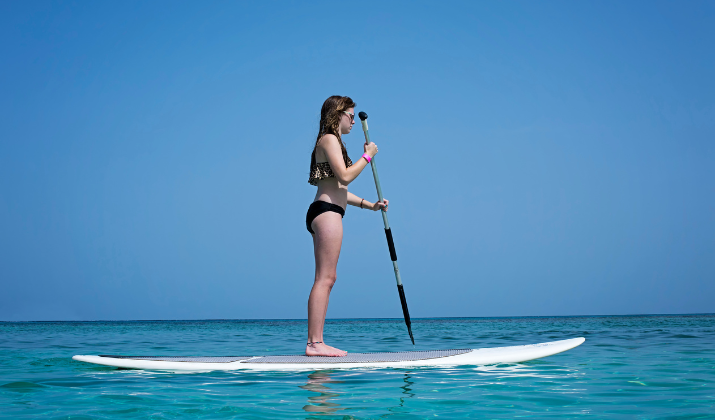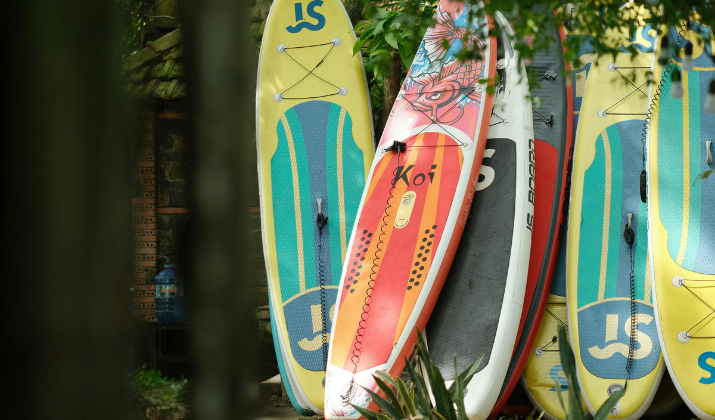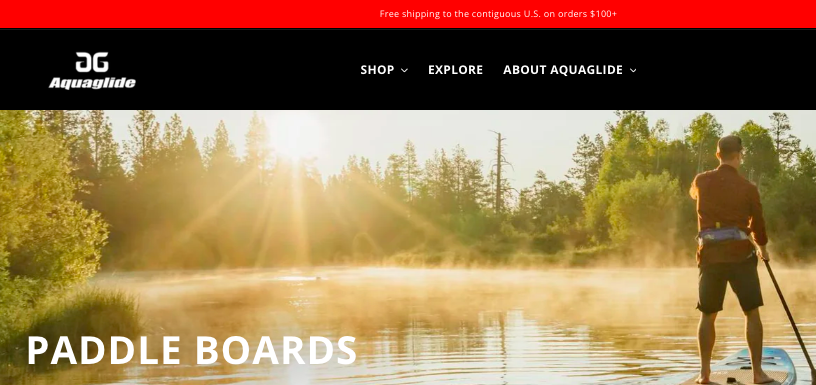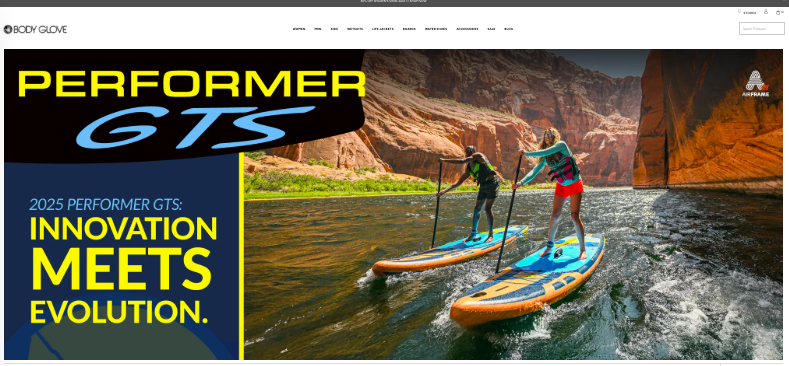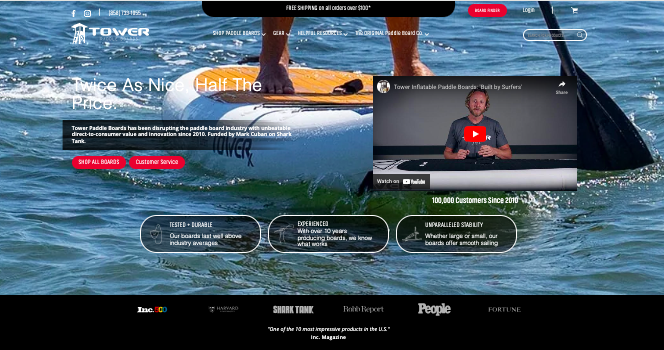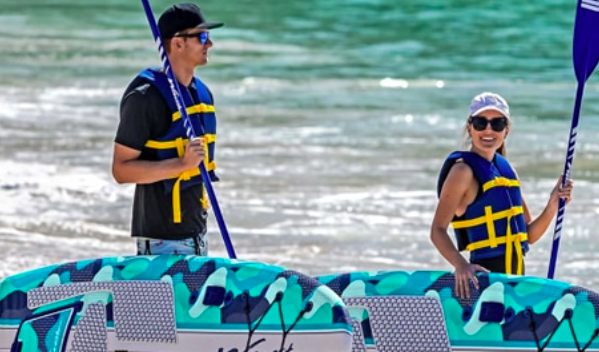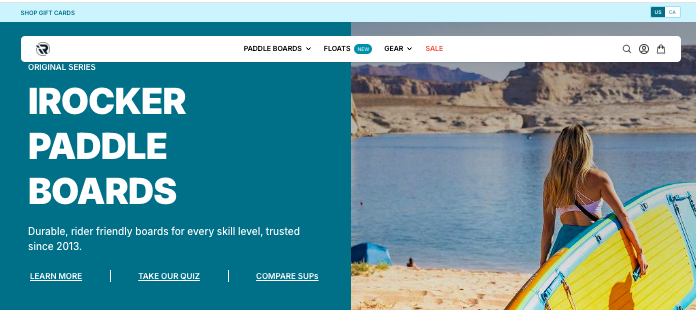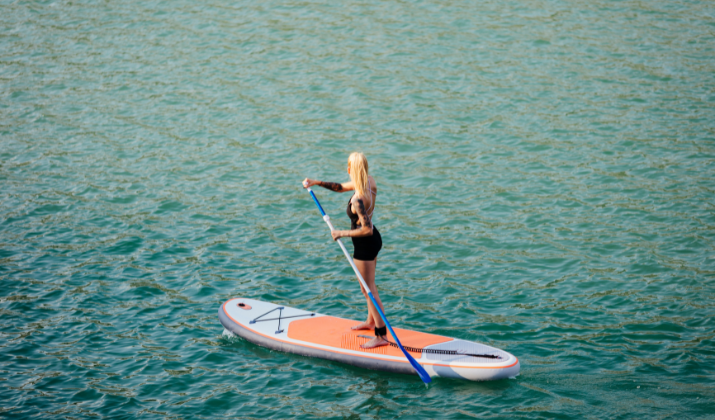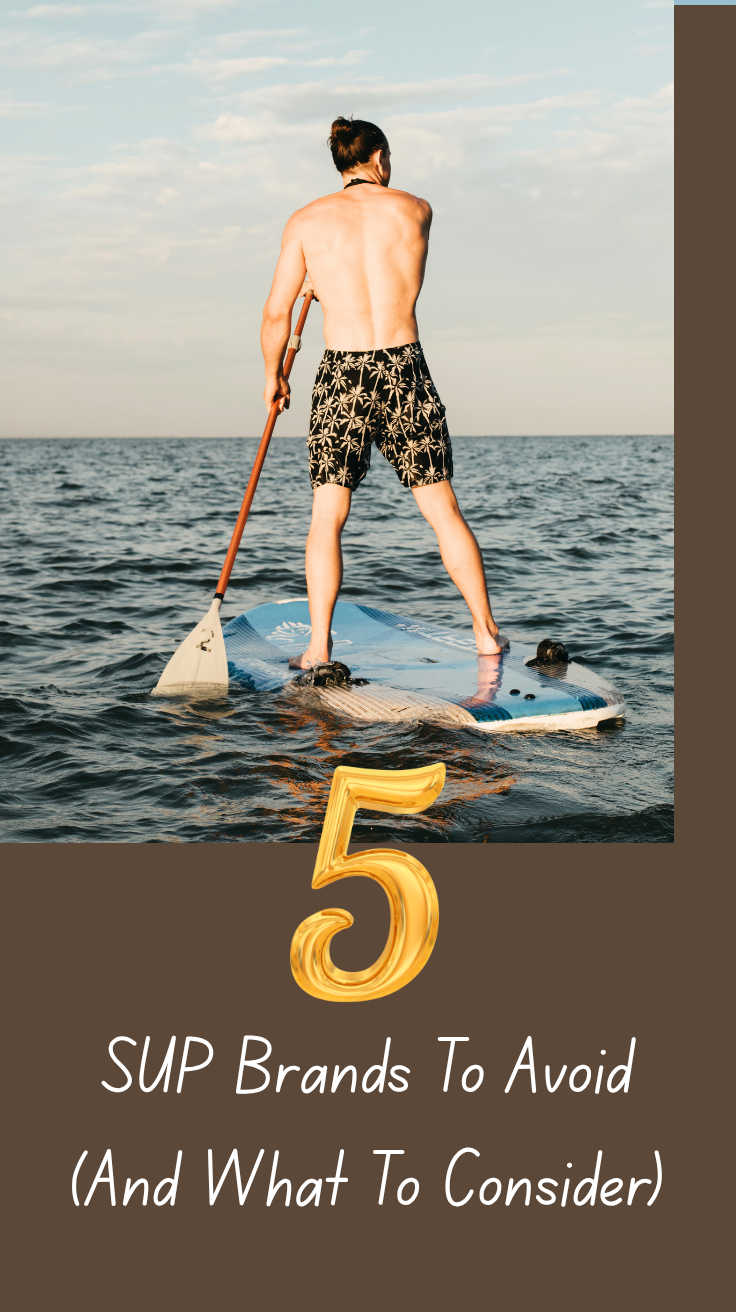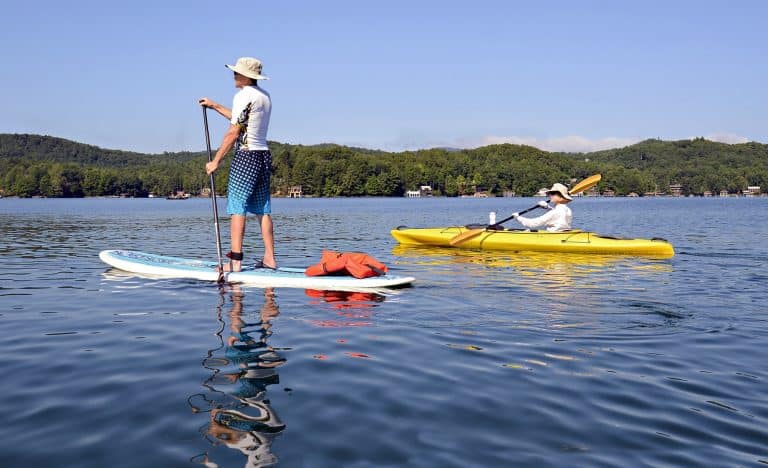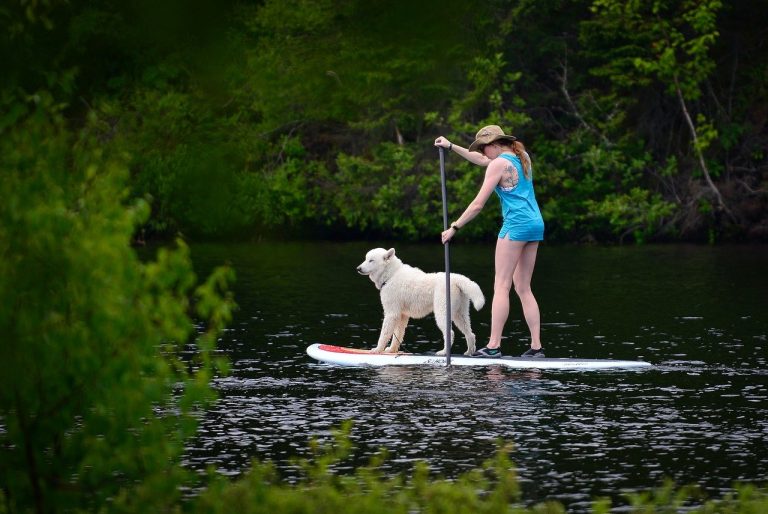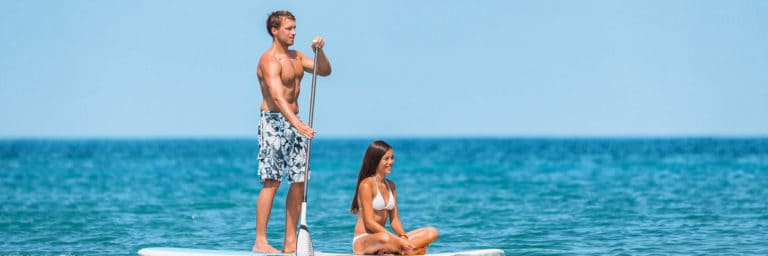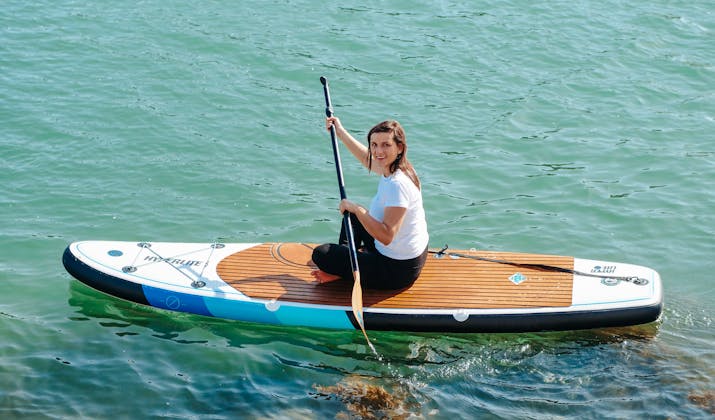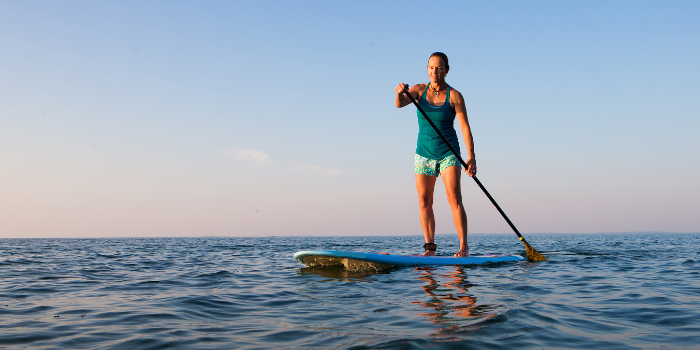Buying a stand-up paddleboard (SUP) should feel like the beginning of countless water adventures, not the start of a regretful spending story.
Yet, in a market overflowing with shiny boards and flashy marketing, not every SUP brand delivers on its promises.
From weak seams to poor customer support, some names have earned more criticism than praise.
To help you steer clear of potential disappointment, here’s a list of five SUP brands you might want to think twice about before purchasing, along with reliable alternatives that consistently deliver quality, performance, and longevity.
Read on.
Also Read: Best Paddleboards For Beginners
Why “avoid” doesn’t always mean “bad forever?”
Before I jump into the list, here are a few caveats:
-
A brand may have one or two weak models, while other models are solid.
-
Quality can vary by year, factory, or model line.
-
Sometimes complaints arise from mismatched expectations (e.g. expecting surfing performance from a budget all-around board).
-
What’s “bad” for one paddler may be tolerable for another (e.g. casual use vs. performance demand).
With those in mind, here are five brands frequently flagged in paddle-community discussions and critiques.
SUP Brands To Avoid Buying (And What To Get Instead)
1. AquaGlide
AquaGlide has long been known for offering a wide range of inflatable paddleboards and kayaks at accessible prices, making it a popular entry point for newcomers to paddling.
While their lineup looks appealing and often comes with bundled accessories, the brand has struggled with durability and long-term reliability.
Issues like air leaks forming along seams, weak valves that lose pressure, and poor rigidity after only a few uses, have been noted.
The company’s lower-tier models, in particular, tend to feature thinner PVC layers, which makes them vulnerable to punctures or heat-related expansion problems.
You might even experience slow or unhelpful responses from AquaGlide’s warranty team, which can turn a small problem into a big frustration.
These recurring issues make AquaGlide slightly less preferred, especially if you’re looking for a board that lasts multiple seasons.
Instead, you can consider premium names like Red Paddle Co or Starboard, known for their military-grade PVC, reliable seams, and excellent after-sales service.
For something mid-range, Thurso Surf or Blackfin boards provide fantastic stability, durability, and customer support, all while keeping prices reasonable.
Explore: Stand-Up Paddleboard vs Kayak
2. Body Glove
Body Glove is a recognizable brand in the water sports world, often associated with wetsuits, snorkeling gear, and other beach essentials.
In recent years, they’ve expanded into the SUP market, releasing affordable boards through big retailers and online stores.
While they look stylish and are widely available, their paddleboards often fall short when it comes to lasting quality.
Delamination issues, where the board’s outer shell starts peeling off, along with deck pads that fade or separate after just a few outings have often been observed.
Some of their budget models have inconsistent manufacturing standards, meaning two boards from the same line can feel completely different in performance and build.
While they might be tempting for casual summer use, Body Glove SUPs tend to disappoint anyone expecting serious durability or smooth tracking on the water.
If you’re eyeing a more dependable choice, BOTE offers solid construction and sleek designs built for real performance, especially for fishing or touring.
You could also check out Bluefin, Glide, or Gili boards, all of which have earned praise for better materials, customer support, and overall stability on the water.
Explore: Funny Paddleboarding Captions For Instagram
3. Tower Paddle Boards
Tower Paddle Boards came onto the scene with big marketing energy, promising “premium quality at direct-to-consumer prices.”
While that idea is great in theory, their boards haven’t always lived up to the hype. Tower’s inflatables tend to lose rigidity faster than expected, especially after a few months of use.
Once the air pressure starts dropping or the board flexes under weight, it becomes noticeably harder to paddle straight or maintain balance.
Problems with the included accessories, such as flimsy fins and low-quality pumps that fail to reach proper inflation levels, have also been noted in some cases.
Beyond product quality, customer service experiences have been mixed, with some buyers struggling to get timely replacements or repairs.
Although Tower’s boards might work for short-term recreational use, they lack the durability needed for more active or experienced paddlers.
For a more reliable ride, Red Paddle Co and Starboard, stand out as industry leaders with unmatched construction quality and support.
Alternatively, Naish offers excellent hardboard options, while Thurso or iRocker’s premium lines give you reliable performance at a mid-tier price point.
Check Out: Calories Burned Paddleboarding vs Kayaking vs Walking
4. Wavestorm
Wavestorm is widely known as the “budget brand” you’ll often see stacked at big-box retailers. They’re affordable, colorful, and perfect for casual beachgoers looking for a fun day out on calm waters.
However, if you’re seeking a board that performs well beyond a few casual outings, Wavestorm may not be the brand for you.
Their foam-based construction, while lightweight, is not particularly durable. It can easily dent, absorb water, or lose its shape over time.
Wavestorm SUPs often struggle with tracking and stability, especially in windy or choppy conditions.
These boards are fine for beginners or children learning the basics, but they fall short for anyone planning to paddle regularly or cover long distances.
In contrast, investing in a sturdier inflatable like the Glide O2, or Thurso WaterWalker can make a world of difference in both comfort and longevity.
These alternatives combine reliable construction with improved rigidity, making them suitable for a range of skill levels while still maintaining great value.
Check Out: Best Paddleboard & Kayak Combos Hybrid
5. iRocker (Lower-Tier Models)
iRocker has built a strong reputation in the SUP world over the years, especially for offering feature-packed inflatables at reasonable prices.
However, not all of their models are created equal. Some of the brand’s older or budget-tier boards have been criticized for inconsistent quality control, leaky valves, and poor air retention.
While many customers love iRocker’s higher-end boards, these cheaper versions sometimes lack the stiffness or materials found in the premium lines, resulting in boards that sag or flex too much under pressure.
Customer service can also be hit-or-miss, with some users experiencing long wait times or difficulty getting warranty claims processed.
This doesn’t mean iRocker as a whole is a bad brand, but if you’re buying from them, it’s important to know which models are worth it.
If you want to avoid the gamble, brands like Red Paddle Co, consistently score higher for reliability, performance, and overall craftsmanship.
Alternatively, sticking to iRocker’s ULTRA or Blackfin series can give you much better durability and a smoother paddling experience.
Tips for Choosing a Better SUP (beyond brand name)
Now that we have discussed what brands to pick, what not, consider the following tips before investing in one. This is because even the best brands can screw up sometimes.
Inspect construction & materials
-
-
Look for multi-layer PVC (two or three layers), reinforced rails, taped and welded seams.
-
Quality valves (branded, screw-in type) and good connection between inflation chamber(s) and valves.
-
Strong fin boxes or fin systems with backups.
-
Check warranty & parts availability
-
-
Good brands will offer multi-year warranties (2–5 years or more) and spare parts (fins, valves, repair kits).
-
Global or regional service presence where you live is a big plus.
-
Rigidity & stiffness under load
-
-
Board should flex minimally when you stand and lean — poor stiffness hurts performance.
-
For inflatables: check design reinforcements (stringers, double rails, inserts).
-
Accessories matter
-
-
A poor pump, flimsy paddle, or weak backpack can ruin the experience regardless of board.
-
Prefer brands that include (or allow upgrading to) decent paddles and pump kits.
-
User reviews & long-term feedback
-
-
Look for owners’ long-term reviews (2–3 years in) rather than just “first impressions.”
-
Forums and paddling groups often share real-world failures and fixes.
-
Also Read: Best Inflatable Paddleboards For Beginners
Final Thoughts
The SUP market has exploded in recent years, which means there’s no shortage of options, both good and bad.
We need to understand that no brand is perfect, but being aware of red flags and alternatives helps us make a smarter choice.
While all these brands might appeal to first-time buyers with their low prices, they are not the most-preferred options, especially when it comes to performance and longevity.
Do your research and follow the tips above. You can also consider buying from one of the alternative brands as mention above.

